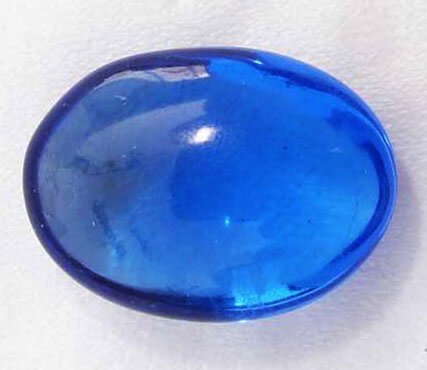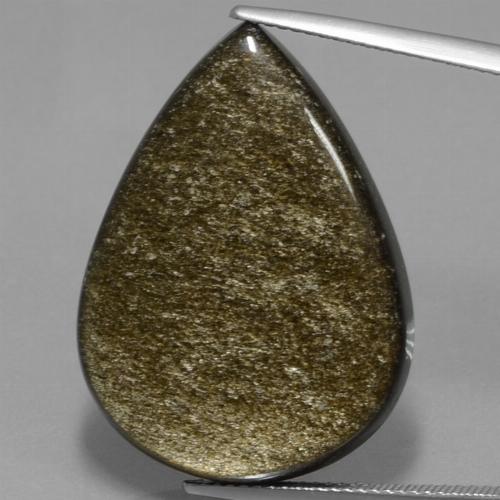

It stands on a north–south axis with another building that apparently housed communal activities.

The building faces south and borders a large plaza. 3500–3000 BC) includes a palace-like building (F901) at its center. During the Zhou era, Yingshi was known as Ding and it was used to indicate the appropriate time to build a capital city, according to the Shijing. In 4000 BC, the doors of dwellings in Banpo were aligned with the asterism Yingshi just after the winter solstice-this sited the homes for solar gain. Until the invention of the magnetic compass, feng shui relied on astronomy to find correlations between humans and the universe. The Yangshao and Hongshan cultures provide the earliest known evidence for the use of feng shui. However, some academics regard modern practice of feng shui as a non-scientific cultural tradition rather than a pseudoscientific discipline, noting its functional usage as a tool for rural development, social mobilization, and conflict resolution. The concept of Qi and other vital energy formulations is pseudoscientific, and feng shui has been described as a paradigmatic example of pseudoscience.

It has become increasingly visible through 'feng shui consultants' and corporate architects who charge large sums of money for their analysis, advice and design." In the wake of the climate crisis, feng shui is being taken into academic consideration for possible contributions to ecological philosophy. One scholar writes that in contemporary Western societies, however, "feng shui tends to be reduced to interior design for health and wealth. Historically, as well as in many parts of the contemporary Chinese world, feng shui was used to orient buildings and spiritually significant structures such as tombs, as well as dwellings and other structures. More broadly, feng shui includes astronomical, astrological, architectural, cosmological, geographical and topographical dimensions.

From ancient times, landscapes and bodies of water were thought to direct the flow of the universal Qi – "cosmic current" or energy – through places and structures. The term feng shui means, literally, "wind-water" (i.e. Milos and Gyali were ancient sources in the Aegean.For other uses, see Feng shui (disambiguation).įeng shui analysis of a 癸山丁向 site, with an auspicious circle Feng shuiįeng shui ( / ˈ f ʌ ŋ ˌ ʃ uː i/ ), sometimes called Chinese geomancy, is an ancient Chinese traditional practice which claims to use energy forces to harmonize individuals with their surrounding environment. In the central Mediterranean, there are only four major deposit areas: Lipari, Pantelleria, Palmarola and Monte Arci. states of Virginia, as well as Pennsylvania and North Carolina. Obsidian can also be found in the eastern U.S. states including Arizona, Colorado, New Mexico, Texas, Utah, Washington, Oregon, and Idaho. Yellowstone National Park has an obsidian mountainside between Mammoth Hot Springs and Norris Geyser Basin, and deposits can be found in many other western U.S. In the calderas of the Newberry Volcano and Medicine Lake Volcano in the Cascade Range of West North America and in Inyo Craters east of the Sierra Nevada in California, obsidian flows that can be hiked on are found. It can be found in Argentina, Australia, Armenia, Azerbaijan, Canada, Chile, Georgia, Greece, El Salvador, Guatemala, Iceland, Italy, Japan, Kenya, Mexico, New Zealand, Papua New Guinea, Peru, Scotland, Turkey and the United States. Obsidian can be found in places where rhyolitic eruptions have occurred. Mexico’s colorful, striped obsidian (rainbow obsidian) contains oriented hedenbergite nanorods that cause thin-film interference to the rainbow stripping effects. The inclusion of magnetite nanoparticles creating thin-film interference causes an iridescent, rainbow-like sheen (fire obsidian). These bubbles can have interesting effects like a golden shine (sheen obsidian). Obsidian may contain patterns of the remaining gas bubbles from the lava flow, aligned with layers created as the molten rock flowed before cooling. In some stones, a blotchy or snowflake pattern (snowflake obsidian) is produced by the inclusion of small, white, radially clustered mineral cristobalite spherulites in the black glass. Very few obsidian samples are almost colorless. Most black obsidians contain magnetite, an iron oxide, nanoinclusions. Iron and other elements of transition can give a dark brown to black color to the obsidian. Pure obsidian usually appears to be dark, although the color may vary depending on the presence of impurities. Obsidian with multicolored iridescence caused by inclusions of magnetite nanoparticles “caused mainly by trace elements or inclusions”. Obsidian may rarely be blue, red, orange, or yellow.


 0 kommentar(er)
0 kommentar(er)
